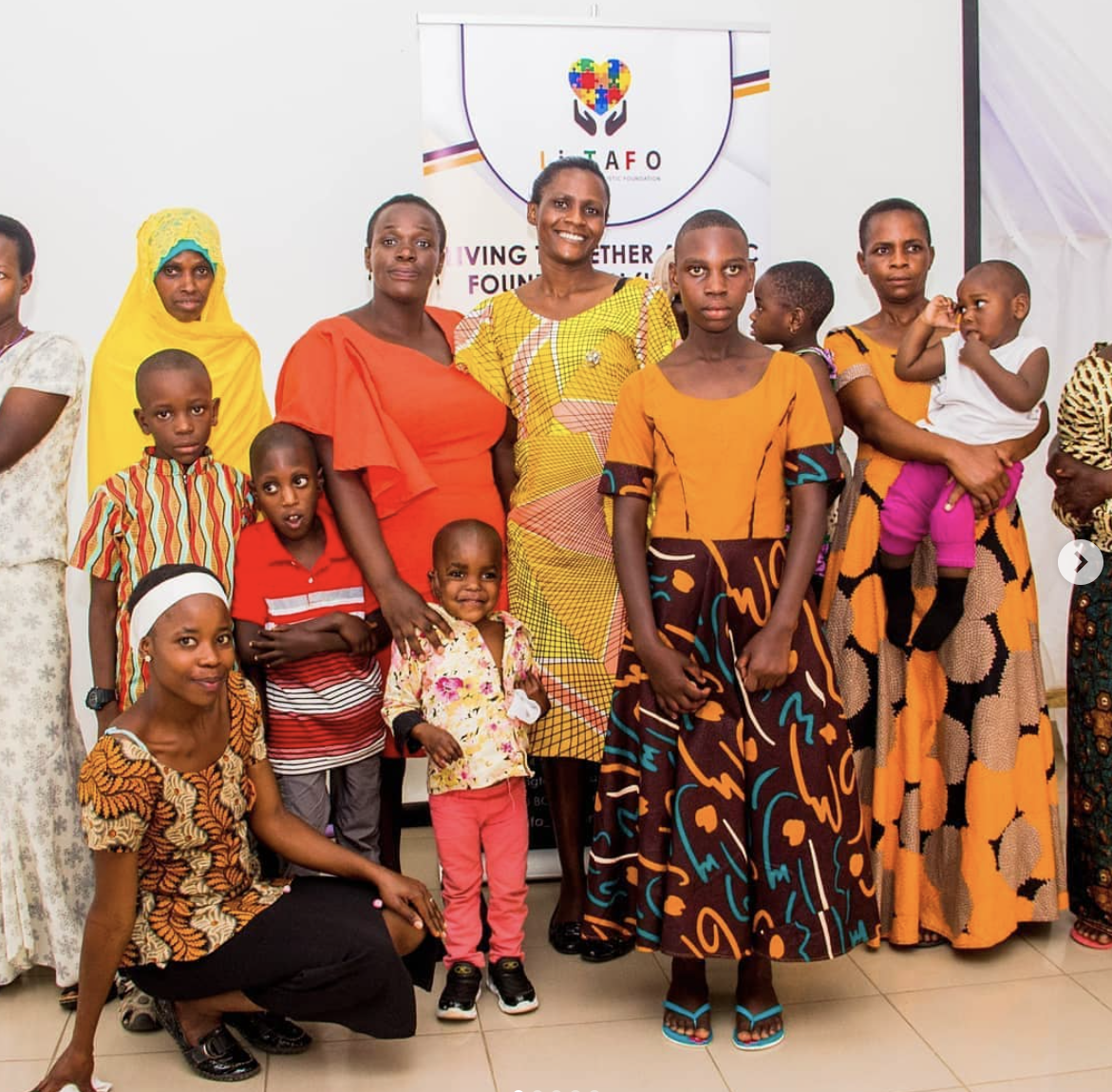At a time when there remains widespread confusion about autism and cannabis and developmental disability, it is imperative that responsible platforms make a more serious effort to educate the public and to more regularly share valid, up-to-date information.
Tag: M. Kelter
We need to highlight the plight of autistic people in Kenya, especially in rural areas where many autistic people are kept hidden and abused. It helps for information about autism in Kenya to appear in blogs and videos.
M. Kelter theinvisiblestrings.com CN: Physical abuse A few months ago, I was contacted by an autism support organization in Tanzania, and asked to follow their upcoming public events on social media. The group is called the Living Together Autistic Foundation (Li-TAFO) and created these events as a way to share autism education and reduce stigma in communities that otherwise have little to no resources available. As these efforts began to unfold, it was clear from their Instagram page that audiences, initially small, were growing into much larger crowds. To better understand the purpose of these events and their potential impact, I communicated via email with Li-TAFO’s creator, Shangwe Isaac Mgaya, who is currently endeavoring to create an autism center in her area that would be the first of its kind. Photo © Li-TAFO. [image: Photo of a group of Tanzanian adults and children, in front of a LI-TAFO banner.] M: On…
M. Kelter theinvisiblestrings.com Earlier this year, fourteen artists (with funding from Arts Council England) presented a unique exhibition called Neither Use Nor Ornament (NUNO). “Unique” in that the event featured an intricately-designed collaboration between autistic and non-autistic creatives. The project recently released a short film providing an overview of both the exhibition and the artists involved. To learn more, I recently communicated with friend and project organiser Sonia Boue about autism, creative access needs, and the relationship between objects and autistic art. M: What was the guiding idea involved with the creation of NUNO? Sonia: The project is really essentially about me finding professional and personal congruence by bringing together two groups of people. The autistics were my post-diagnosis contacts and the non-autistics were the artists I met online before my diagnosis. I had no idea how to bring them together but I knew I had to try it out.…
Hyperverbal expression, whether it is verbalized or experienced internally, is autism and it is a disability. It has less to do with the volume of words expressed and more to do with the processing style that is common to some autistic people.
At any given time, I have to pause and give serious consideration as to whether or not turning a light on or off, or walking to a different room, will be worth the discomfort. I think for most people, this can seem like a minor thing, but in the course of a day, even minimal differences with lights can add up to a substantial impact.
M. Kelter theinvisiblestrings.com Ultra Testing is a New York-based tech firm that was founded on the idea of incorporating autistic differences into their work ethos. At a time when an estimated 80% of adults on the spectrum are unemployed, Ultra Testing is using attribute metrics and other non-traditional hiring practices to recruit autistic employees. A 2016 Recode article reported that 75% of the company’s employee base identifies as being on the spectrum. I recently communicated with the firm’s co-founder, Art Shectman, about how the company began, the value of ditching traditional hiring practices, and what employers need to know about developing a neurodiverse workforce. M: Regarding Ultra Testing’s decision to focus on hiring autistic employees: can you describe the origins of this idea, both generally (how the idea came about), and specifically (how you actually went about recruiting and bringing in folks on the spectrum?) Art Shectman | source: Twitter…
M. Kelter theinvisiblestrings.com MIT researchers recently announced that they are developing a wrist watch which analyzes a conversation, then provides feedback about the emotional content of the discussion. Though the watch is still early in development, MIT’s press for the device suggests it may one day provide autistics with a better way to grasp the subtle nuances of communication — basically, as a social coach. Photo © AndreaVallejos | Flickr / Creative Commons [image: Photo of a metal toy robot.] Similar efforts have emerged in the world of social robotics, where it is postulated that autistic children can learn to socialize with the help of mechanical “friends,”that is, robots programmed to teach kids to identify emotions, facial expressions, and so on. Like the watch, these coaching devices are envisioned as being able to bring autistics in line with conventional standards of daily social behavior. I have no doubt that the intentions here…
M. Kelter theinvisiblestrings.com Photo by Boudewijn Berends, used under a Creative Commons license [image: head and shoulders of a person wearing glasses backlit by partially-lighted fog and clouds.] When it comes to online discussions about autism issues, I regularly interact with two realms. The first realm is one we’re all familiar with: the day-to-day articles and conversations and debates that take place regarding a wide range of spectrum issues. Causation, research, personal stories, opinions … just the usual autism topics that you come across as you scroll around blogs, and Twitter, and Facebook. The second realm consists of an invisible community. It’s made up of people who are absorbing every discussion, every debate, every article … yet they are not participating, not sharing their own ideas. They’re just there, quietly and attentively taking it all in. This second group is made up of suicidal autistics. This is not just an…
“It’s hard a lot of the time to know what I’m supposed to be paying attention to, what’s relevant to that particular conversation. I have to sift through all of the data and consciously keep track of what matters, and what doesn’t.”








